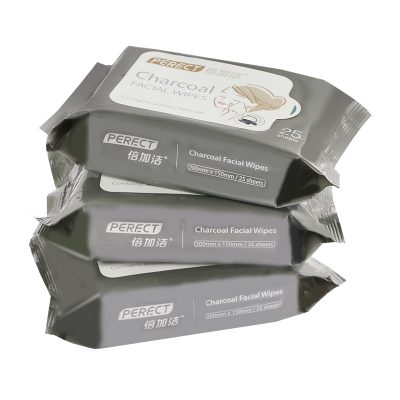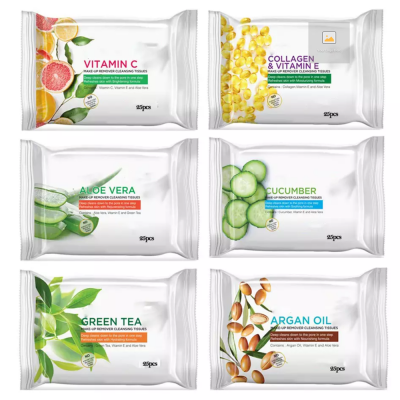By raw material
Wet wipes are divided into two types according to the raw materials: one is wet-strength paper and the other is non-woven fabrics. Most wet wipes are basically non-woven fabrics. If subdivided, most of the raw material non-woven fabrics are spunlace;
Wet wipes are classified from the level of raw materials, and they can be divided into two types: polyester and cotton. All-polyester has a hard and slippery touch, while pure cotton has a soft touch;
According to processing technology
Wet wipes are classified from the level of processing technology, which can be divided into cross-laid and forward-laid nets, and the tensile strength of cross-laid nets in all directions is more balanced;
By customer
Wet wipes are divided into customer groups and can be divided into adult wipes and baby wipes. Baby wipes have a higher standard, and alcohol, fragrance, irritant, fluorescent agents, etc. cannot be added.
Divide by stock solution
Let me add that the original liquid used in the wipes can’t be said to be all potions, but RO pure water + disinfectant. The content of the disinfectant should be proportioned scientifically. In the case of washing hands and face before and after meals or without water and soap, wet wipes are still a better choice. In addition, the current wet wipes are not only used for facial cleansing and other ordinary wet wipes. Disposable surface disinfection wipes are particularly popular in the world. Such disinfection wipes are not equivalent to ordinary sanitary wipes. This kind of surface disinfection wipes specifically acts on the surface of the object, not the body, and has a broader sterilization spectrum, and bacteria and viruses (hepatitis B, AIDS and other viruses) can be eliminated. Domestic use is slowly becoming popular.
Among many surface disinfection wipes, disinfection wipes with low-concentration hydrogen peroxide as the disinfecting and sterilizing ingredient are the safest and most reliable, have low corrosive irritation, and are non-irritating and harmless to the body. In the field of surface disinfection and sterilization in Europe and North America, peroxides are a major trend.


















